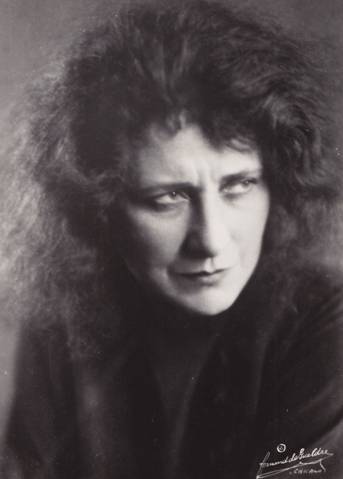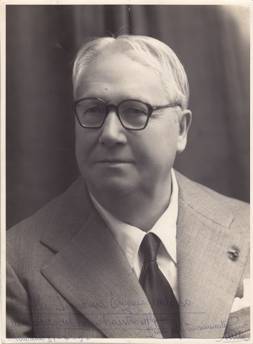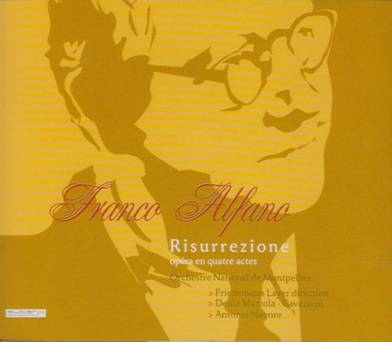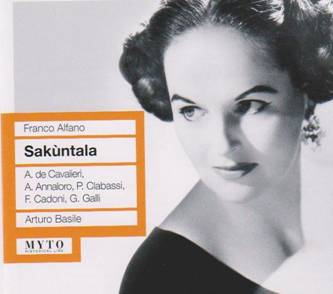
Franco ALFANO, transcending Turandot
By Konrad Dryden
203 pp, www.Scarecrowpress.com

Konrad Dryden has done it again. By now he is probably so well versed into the matter of the composers of the “giovane scuola”, he can almost write anybody’s biography. Dryden already gave us excellent accounts of the life and works of Riccardo Zandonai and Ruggero Leoncavallo. As far as I know too little interest was shown by the magazines or the operatic forums into these scholarly yet very readable books. Surely, a composer with Leoncavallo’s talent and fascinating life story would have deserved some interesting reviews. The sad fact is that Mr. Dryden has to publish his biographies with Scarecrow Press, an academic publisher in Maryland (US) which prefers content over looks (witness the low quality of the photos published in this book) and maybe Scarecrow is not a publicity hound. The case of Franco Alfano is in objective hands with Dryden as he time and again argues that Alfano was more than the man who completed Turandot (Nevertheless the base line on the cover states “transcending Turandot”, thus still using the reputation of Puccini’s last opera). Though for obvious reasons Mr. Dryden doesn’t want to linger for too long on Turandot I still feel he could have made a better case for Alfano’s contribution. We all know how Toscanini butchered Alfano’s ending keeping only 266 bars out of the original 375 ones and finishing with a brassy coarse repeat of the Nessun Dorma theme by the chorus alone instead of the soaring repeat with tenor and soprano Alfano preferred. But of course the vainglorious metronome didn’t have much taste (compare his treatment of Boito’s rightfully neglected Nerone with his conducting only once of Turandot, just to be in the picture himself.). Luckily there have been a few recordings (the first with Barstow and Bartolini on Decca) giving us the complete score. Such is the laziness and bureaucracy of the operatic world that only a few houses (e.g. Antwerp) offered us the restored final; others sometimes preferring the Berio travesty, probably composed so that Ricordi once more could cash in. Personally I have only one experience of asking a young but not too knowing operatic enthusiast to tell me the moment in the score where in his opinion Puccini died. His guess was “at the very end”. And he thought the unfreezing scene of Turandot’s heart sounds quite convincing and so I still do and I somewhat doubt that Puccini had a composer’s block. With his terrific ailment anybody would have had problems concentrating on his work and preferring to put his problems due to an operatic scene instead of admitting to himself he was slowly dying.
Mr. Dryden didn’t have access to intimate diaries or other important sources to tell us Alfano’s life. On the contrary. Alfano was a very reclusive person and so his biographer had almost nothing to work with. In one of his begging letters to Mussolini the composer mentions the fact that his son Herbert (out-of-wedlock) was killed in the first world war. And that’s it. No name of the lady Alfano made pregnant during his stay in Germany. No birth date of Herbert. Just that one bare fact. Happily these were still the days of letter writing for all kinds of business so that Dryden can reconstruct the career of the composer. After having read the book one more of less sees a parallel with Mascagni’s fate. Alfano too scored a hit as a young man with Resurrezione though on a far lesser scale than the composer from Livorno did with Cavalleria. And then he tried to repeat that fact without bending his back towards the masses of opera visitors; just like Mascagni started experimenting and failing most of the time after one huge hit. As Alfano was 17 years younger than Puccini, 12 years younger than Mascagni this meant that during his lifetime musical language changed a lot more and most opera lovers would agree not for the better. Alfano tried for a time to follow suit and it was said of him he would have been better off if he had cared a bit more about the ticket paying public than the respect of academy. Melody was more or less thrown overboard. Dryden often mentions the kind of Sprechgesang Alfano resorted to. As a consequence a lot of the public thought the composer’s later works rather boring. Moreover Alfano almost always preferred a high tessitura; making himself not very beloved with singers who don’t like to overtire their voices and shorten their careers while they better than anyone else realize that a simple high A (e.g. E lucevan le stelle) can make a more tremendous impression than permanent screeching of B’s and C’s. No amount of orchestral richness, harmonic invention etc. can make up for the loss of melody that estranged the Italians from their favourite genre as Mr. Dryden readily admits.
 (Mary Garden in Resurrezione, courtesy C. Mintzer)
(Mary Garden in Resurrezione, courtesy C. Mintzer)
Nevertheless the career of Alfano makes for interesting reading; more even than just reading once more on the many successes and few failures of Verdi and Puccini. Here we have a talented composer though it is fair to state that Alfano was not a titan. Page after page Dryden reminds us of the formidable difficulties an artist had to conquer in order just to survive in those days of meagre or even inexistent government subsidies when there were no ministries for the art to hand out tax payers money. Alfano had to take to teaching, later directing the conservatory of Torino or otherwise he would have died in poverty. Dryden reminds us of the wars between composers for attention (Alfano was too nice to be a street fighter) and performances. The stories of the composer grovelling for music publishers (Alfano was never a good seller) is almost painful to read. If one keeps in mind the shabby treatment Puccini sometimes got one can imagine the way Alfano had to beg; how he got promises which were often not kept as he couldn’t deliver the commercial goods and music publishers themselves couldn’t live on charity. Some of the letters by publishers remind us of their boredom with Alfano, of their irritation with the not very successful composer. And there is poor Alfano trying to get the attention of Mussolini and not really succeeding. In short, Alfano is far more typical of the kind of difficulties almost all composers who wanted to live off their art than one of the better known names. And it is clear why some parents didn’t want their sons not to choose a career in classical music because it meant intrigues, a cut-throat-mentality, and sometimes outright poverty for a long time, surviving like Alfano did on the largesse of the family. 

This little book (only 200 pages; good index included) is therefore a treasure groove for the history of Italy’s music during the first half of the 20th century. Nevertheless I have a few complaints. I fail to see why a scholar like Dryden doesn’t tell us systematically about the available recordings of Alfano’s music. Most opera lovers will never be able to consult an Alfano score or cannot read it. Not all of them are on the net or like to publish their e-mail address on an operatic forum. Most of us know the famous Resurezzione recording from 1971, starring Magda Olivero (who graciously wrote the foreword and – even at 99 – tels us how good she was) but it wouldn’t have been a bad idea to mention there are a lot of other recordings to be found as well (like the Mazzola one). As mr. Dryden asked Olivero to write a foreword he surely could have asked for the date of her last Resurezzione performance and this was not “ until the seventies” but for RAI on the 22 th of October 1971 ( the performance subsequently put on CD by a lot of pirates). La leggenda di Sakuntala too can be found rather easily in three versions (though Mr. Dryden admits that the music is not up to the composer’s lofty aims). Of Cyrano de Bergerac there are even 7 versions (including a DVD with Alagna) to be found though here too I personally cannot say there are many phrases sticking in one’s memory, even after repeated hearing. And I am not the only person to possess the fine 1953 recording (Gavazzi, Prandelli) of a radio performance of Alfano’s last opera: il Dottor Antonio. Clearly, singers and records are not Mr. Dryden’s cup of tea. There is a bit condescension in his referring to “ a certain Dosia”. Any collector could have told a few things on the fine Greek-French soprano Elen Dosia who was on the Met’s roster for two seasons. Then there is “a certain Adelina Romano” who “had succeeded in recording it (the famous soprano aria from Resurezzione) somewhat earlier (than Magda Olivero in 1953). In reality she recorded the aria in 1977 and she was a fine Italian spinto as I recall clearly from a Gioconda performance three years later. Of course these are minor mistakes compared to this work of love Dryden once more has done. Therefore buy the book. Three done, at least two to go (Giordano and Cilea). Let’s hope Mr. Dryden will do the opera community this favour.

Jan Neckers